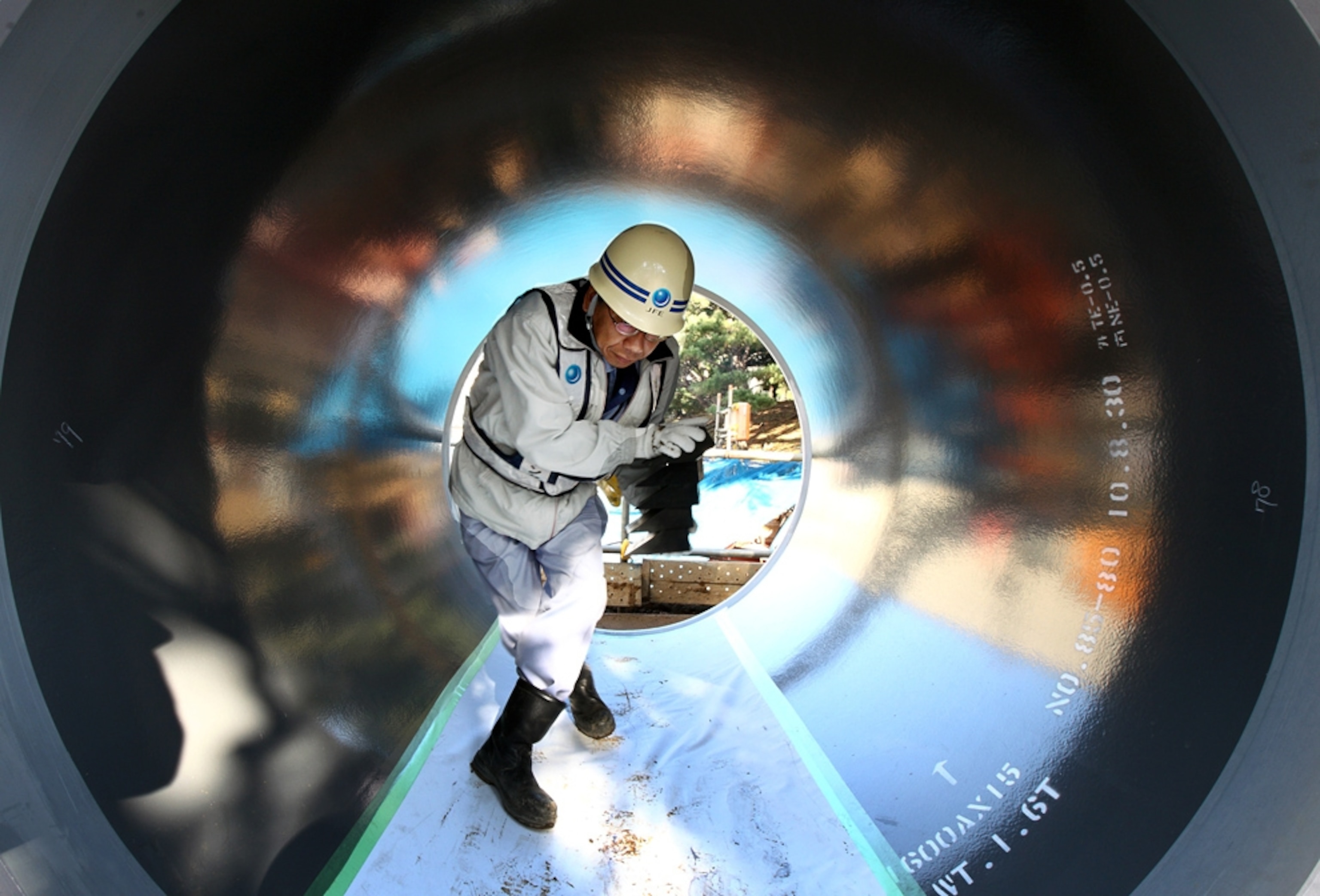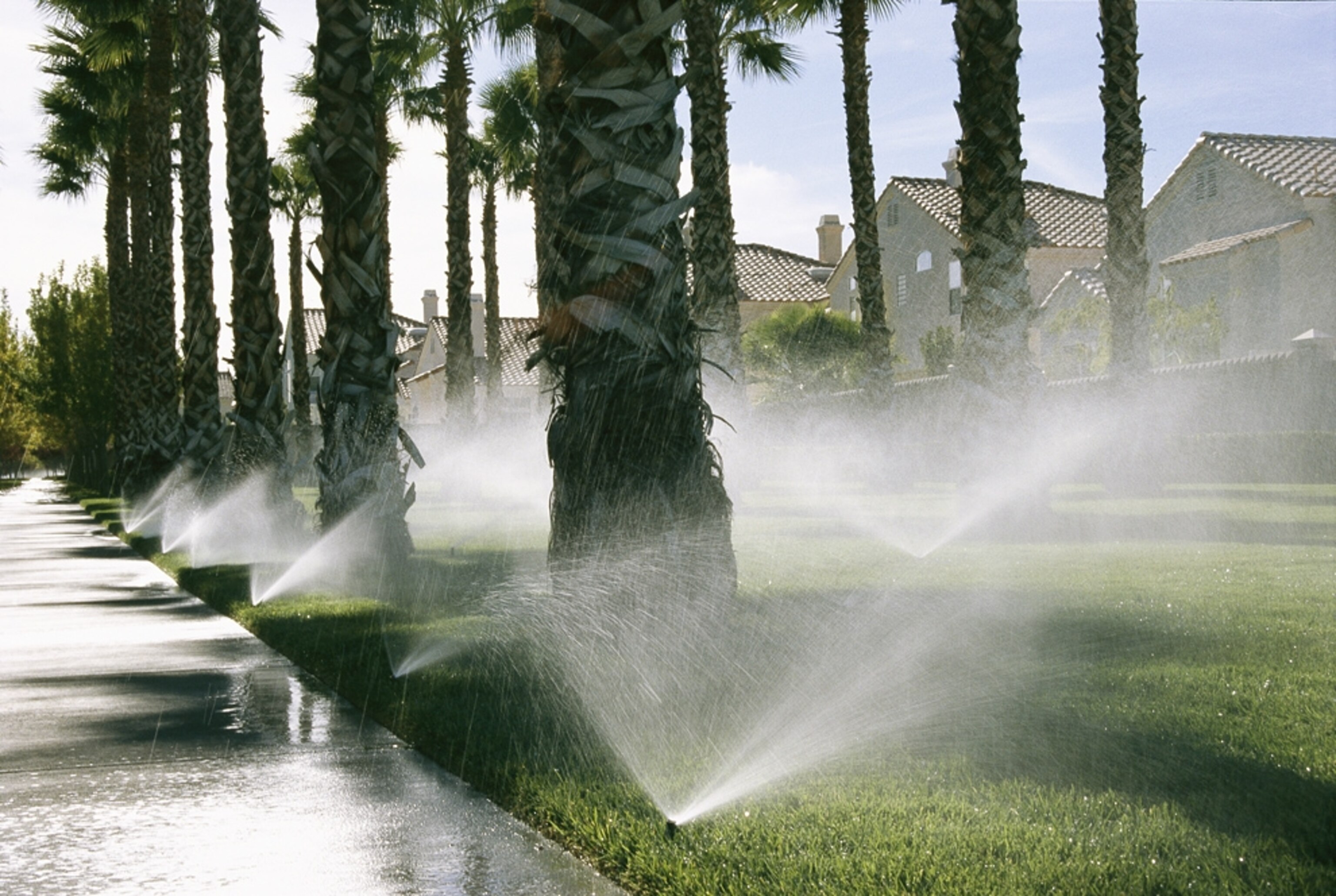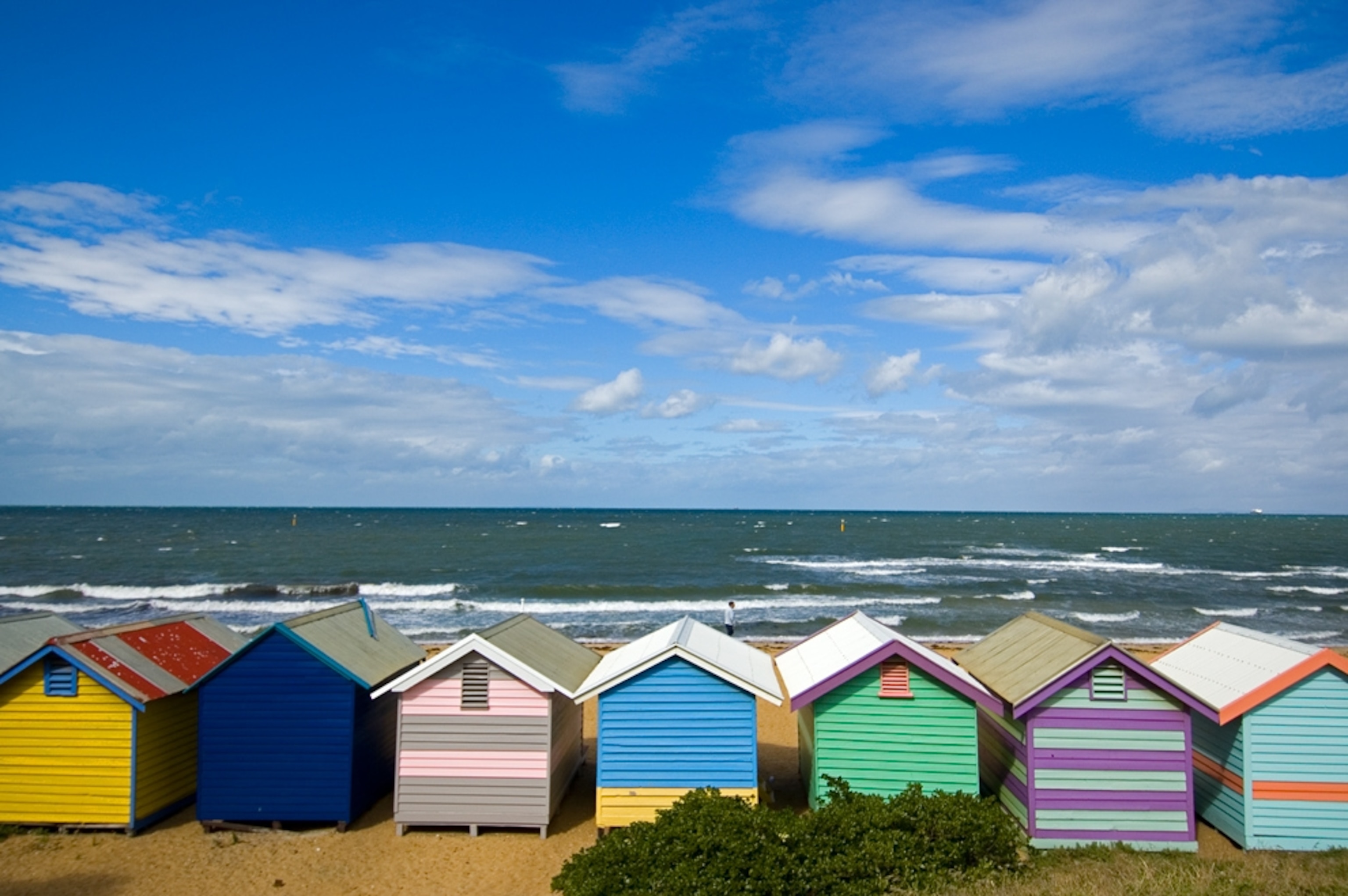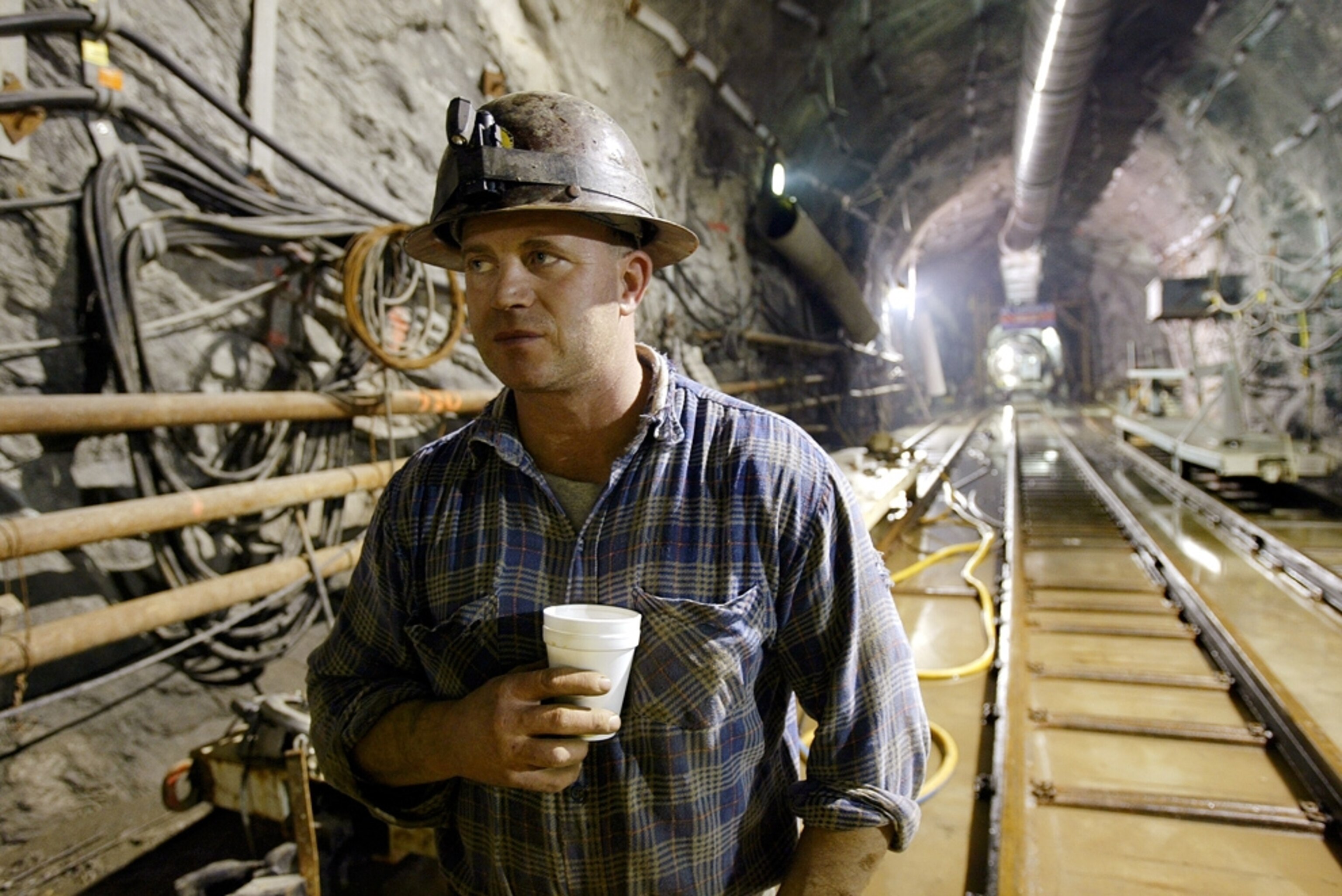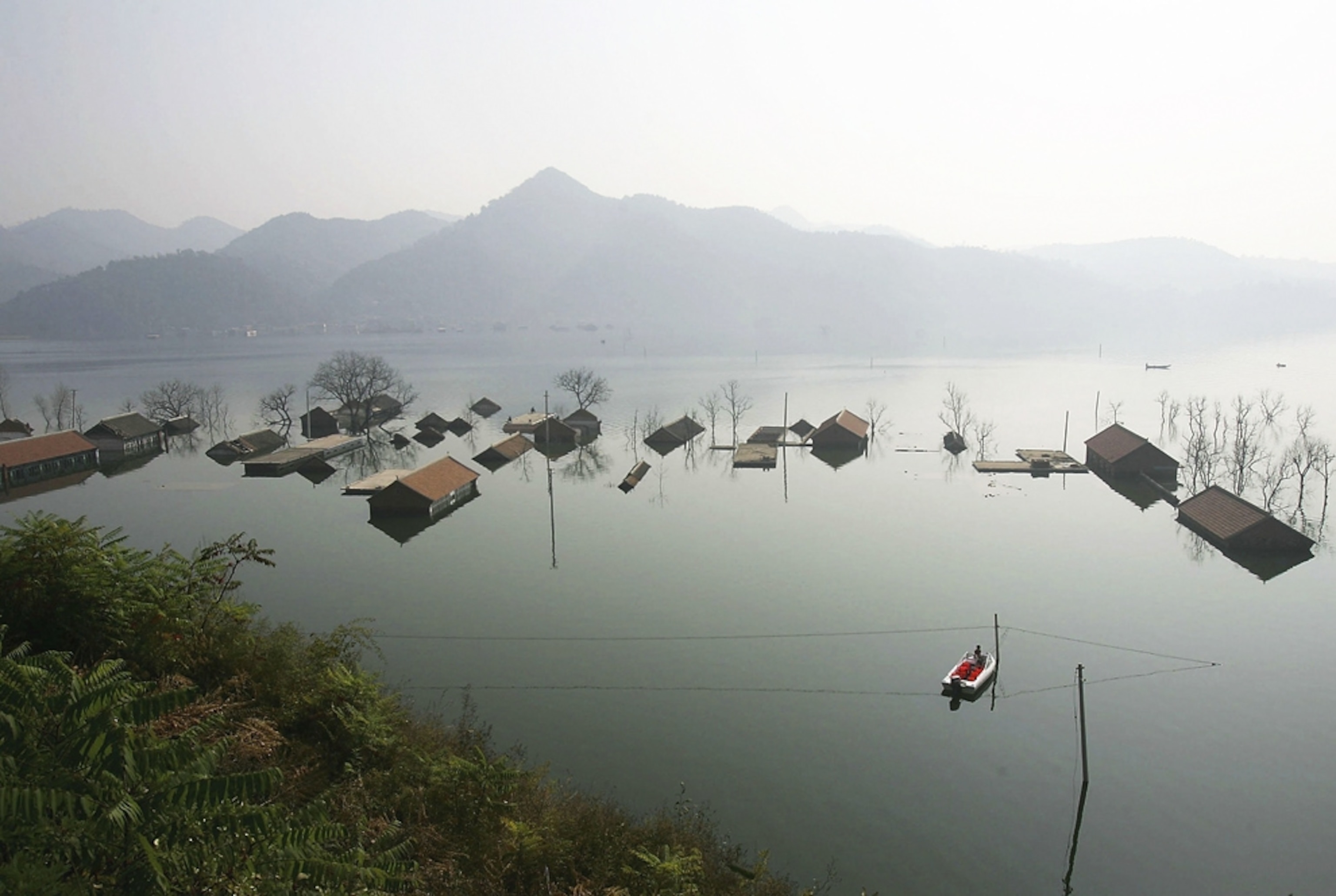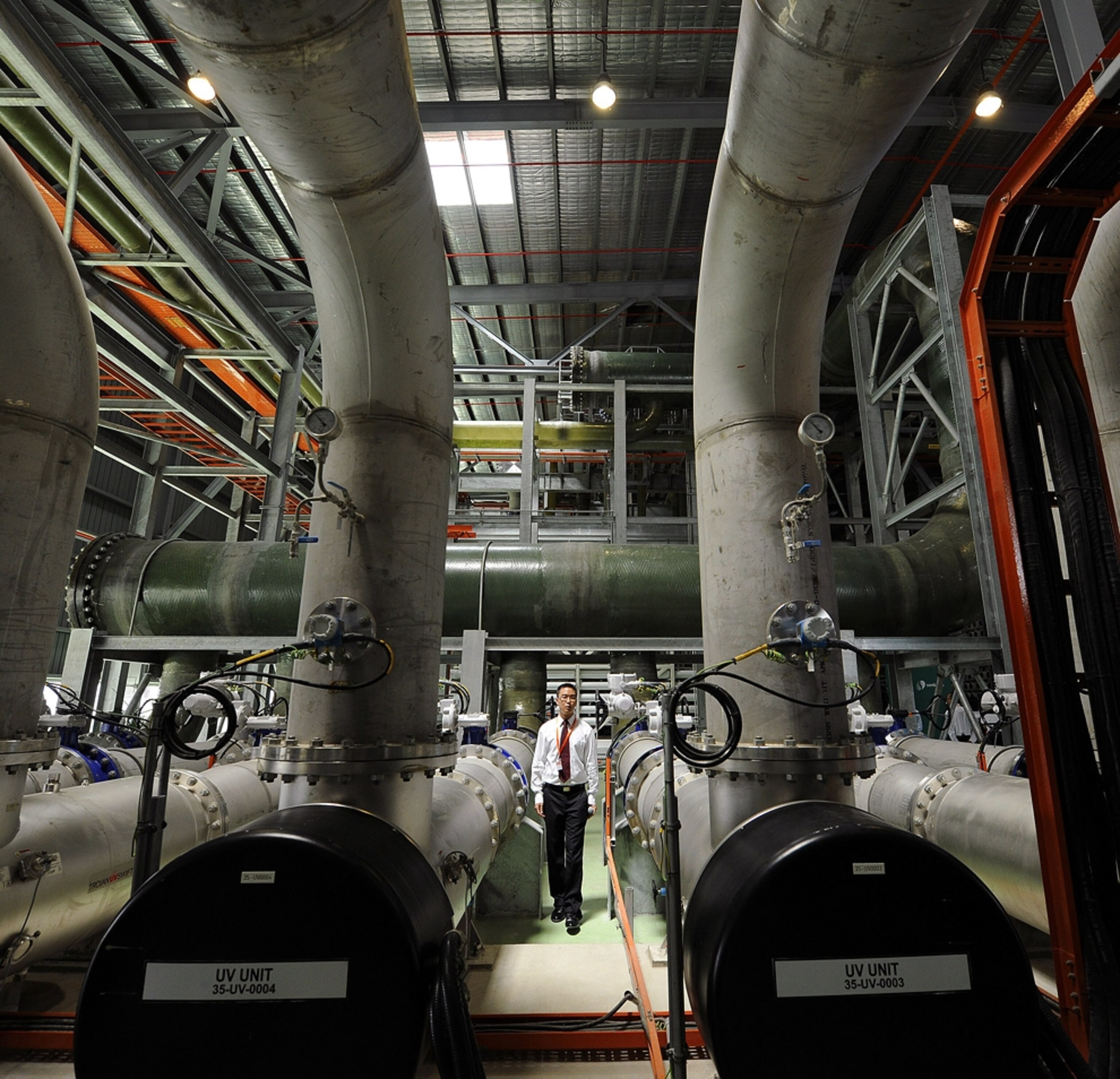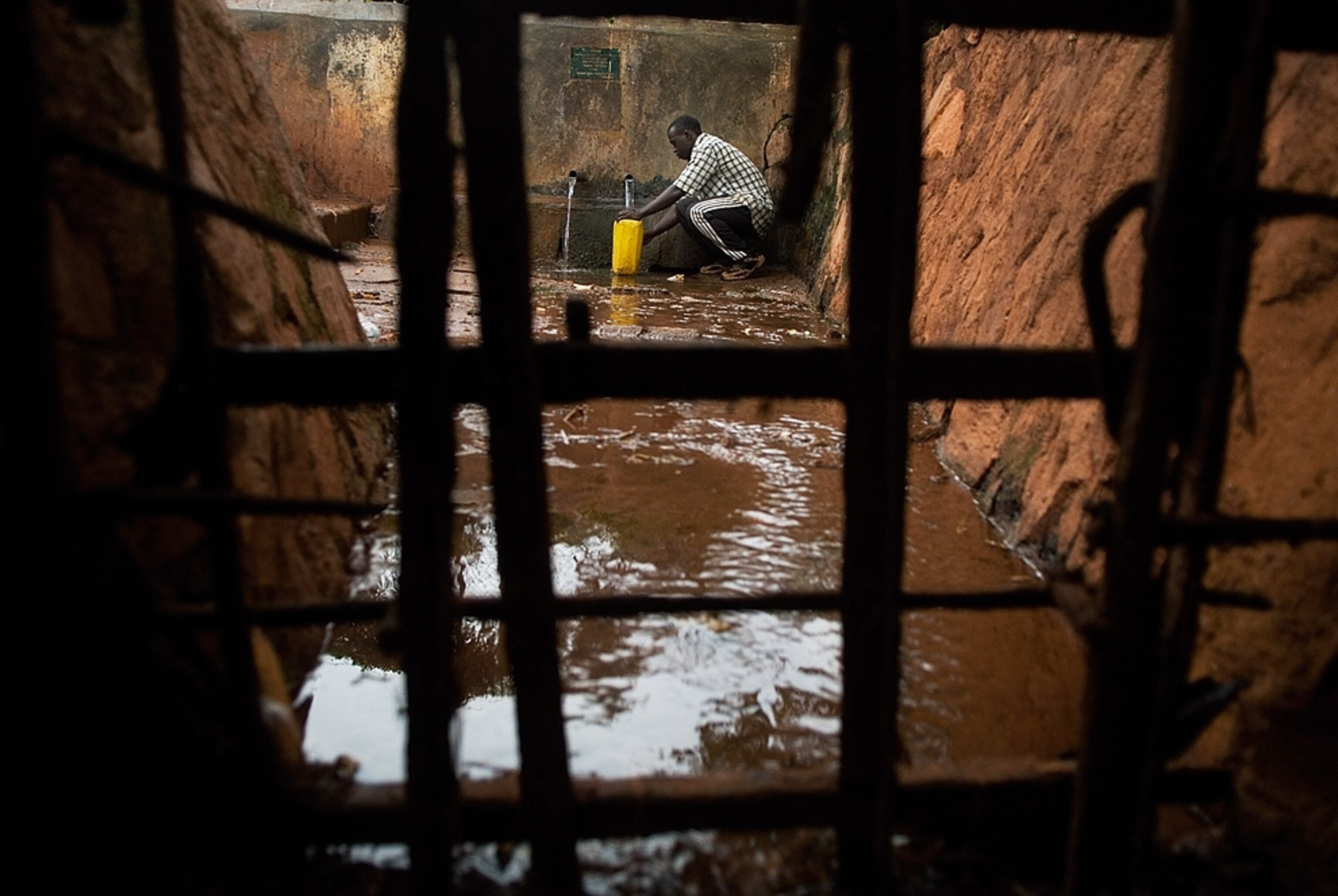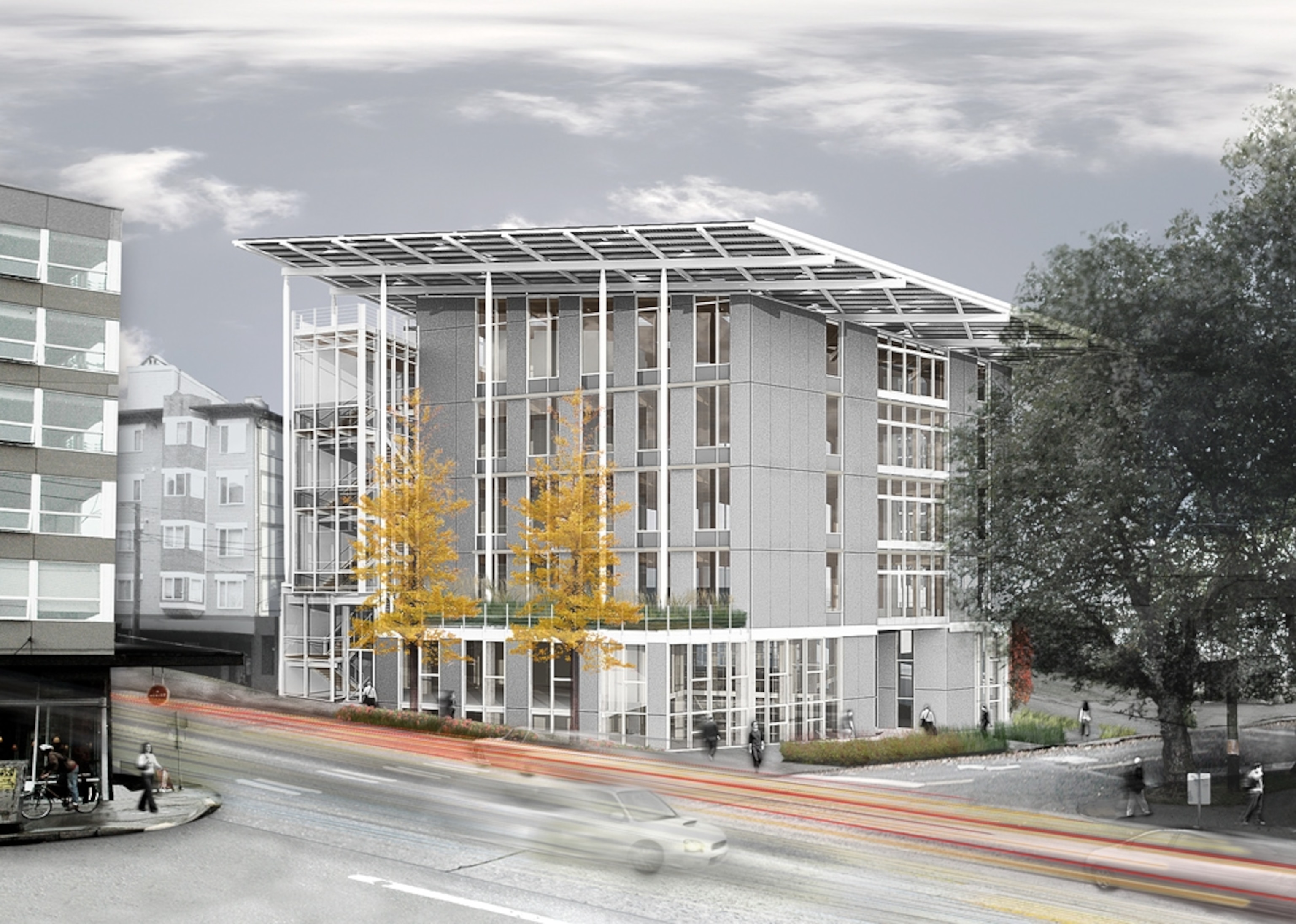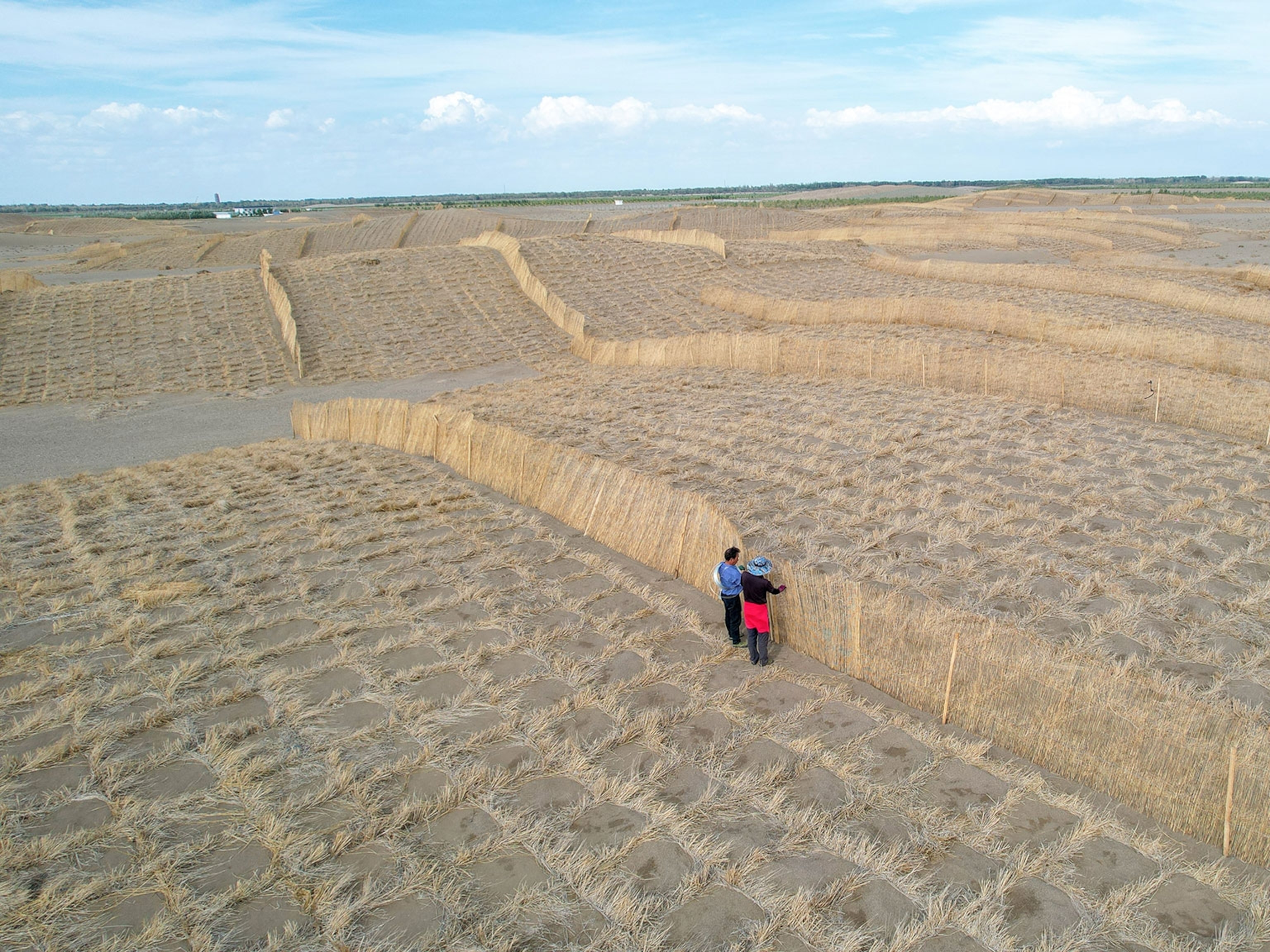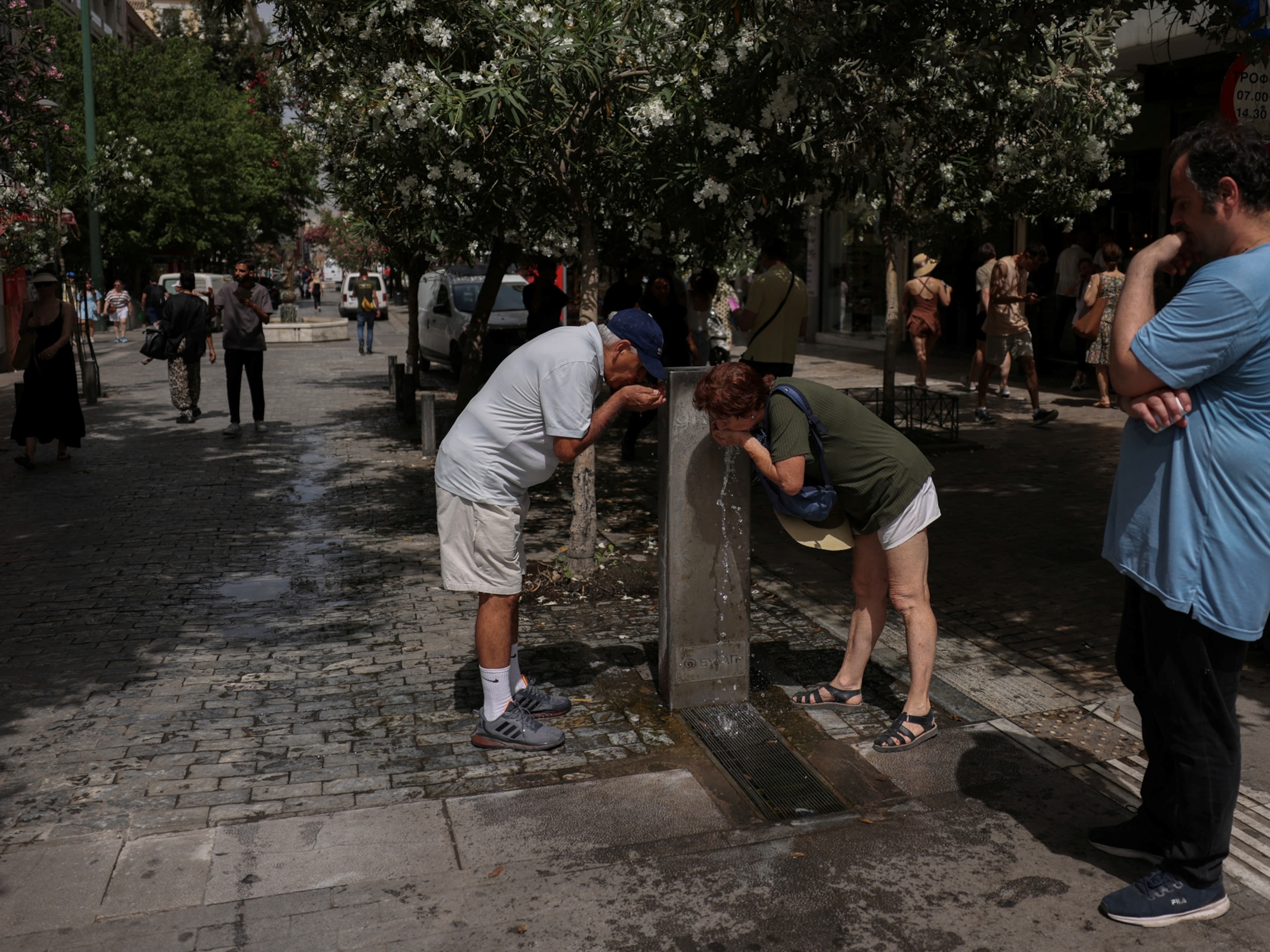1 of 9
Photograph by Tomohiro Ohsumi, Bloomberg/Getty Images
World Water Day Photos: Water-Savvy Cities
Nearly 50 percent of the world’s population lives in cities, and as that number continues to rise experts wonder how to provide fundamental water services, especially to the poor. Take a look at some of the most promising innovations and policies being tried to keep urban areas afloat.
March 22, 2011
